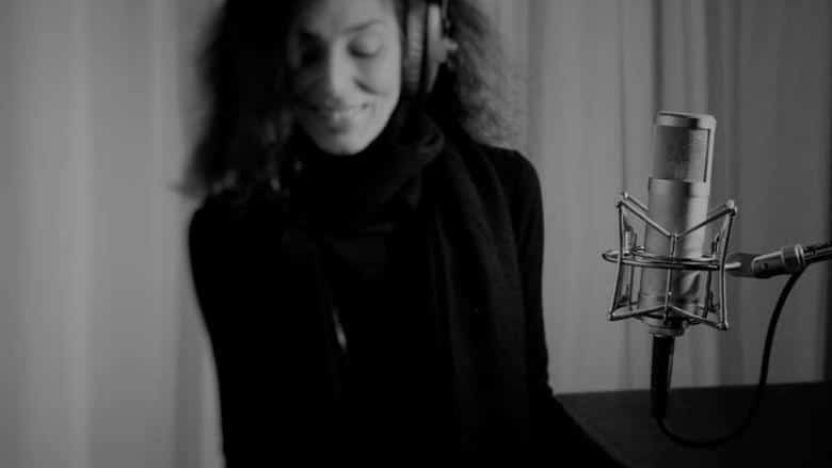
30 000 projects with Online Voices!
Today, Online Voices reached its 30,000th project. The anniversary order is to produce a multilingual audio guide for one of Sweden's most famous museums.
1938 was the first time a female newsreader was heard on Swedish Radio. Her name was Astrid Kindstrand. Many listeners were shocked and even upset. Today, eighty years later, a new milestone for female voices in the media has been announced.

Female voices for recorded information and advertising, are more popular than male voices for the first time. A historic trend shift.
Online Voices has analysed their 20000 most recent voice recordings and looked into the proportion of male and female voices and how that figure has changed over time. 2017 was the year that women caught up with men, but over the first two months of 2018, female voices have taken a definite lead with 59% of all recordings.
“There used to be a much higher amount of male voices in advertising, easily 80%” says Kalle Widelius, the CEO of Online Voices. “All commercials in the 90s tried to sound macho in the style of Hollywood movie trailers. Today there’s more of a demand for an authentic voice. Our customers ask for ‘the guy or girl next door’ which is recognisable and gives a warm comfortable mood. This can be anything from the voice of the uber-hip millennial to the goal-driven business woman. We also see a growing demand for different accents and dialects that reflect the real world, a development which is both healthy and fun.”
Should male voices be worried about the way things are changing?
“Partly, yes. Female voices can be perceived as more educational, warmer and easier on the ear. TV commercials for cars have typically been a male dominated genre, but today, female voices are used just as often. A major reason is that nowadays, marketing people focus on female target groups. My guess is that in a few years time, we’ll have a relatively equal split between the genders, with female voices being in the slight majority”
Are the same changes taking place in other countries?
“An equivalent survey in the United States showed that the demand for female voices was increasing at a greater pace than for men, but that it will take until 2025 until we see the same shift in trend there. In other words, Sweden is far ahead in terms of equality within the branch.”
“Our newest sound technician at Online Voices is Amanda who is absolutely wonderful, but unfortunately it’s still fairly rare to find women in that role.”
Do male and female voiceovers get paid the same amount?
“Definitely! There’s absolutely no difference, at least when it comes to the jobs that we produce or cast.”
Who is your favourite female voice?
“My nine year old daughter, Lydia. She’s a real joy to listen to and has already done quite a few voiceovers.”
Kalle laughs, “She’s a chip off the old block!”